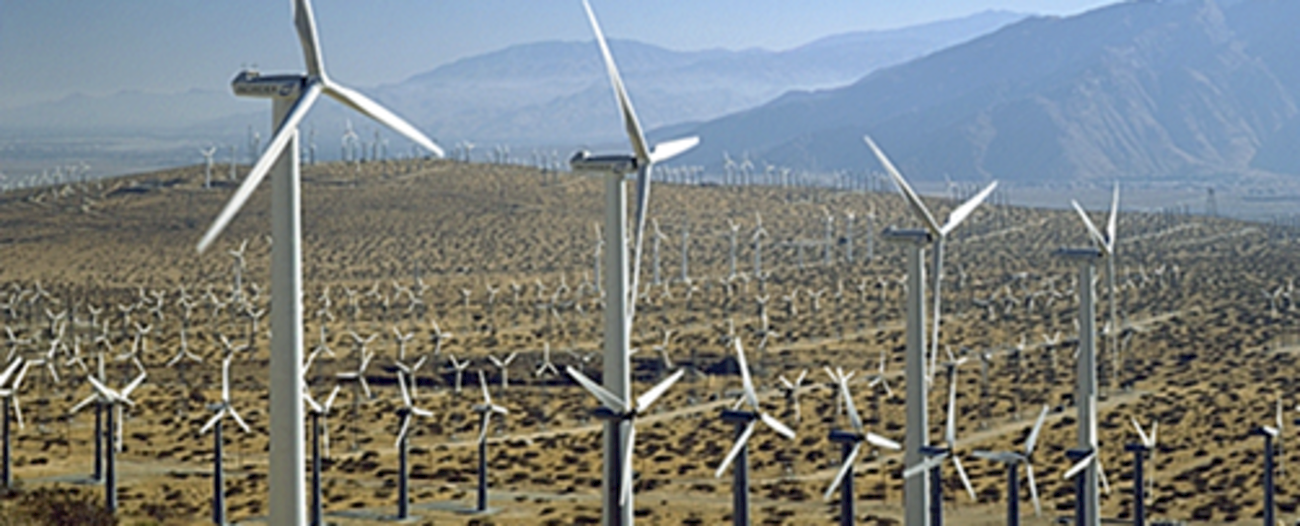KAMPALA, March 26, 2024 – Africa has enough wind resources to power its entire electricity demand 250 times over, according to a commissioned study by the World Bank’s International Finance Corporation.
The study, which mapped the technical wind potential of the continent, found that Africa could generate over 59,000 gigawatts of wind energy, equivalent to 90 times the current global installed wind capacity.
However, wind power remains largely untapped in Africa, with less than 1 percent of the world’s installed wind capacity. The continent faces several challenges, such as lack of infrastructure, financing, and policy support, to harness its wind potential.
Some African countries have made progress in developing their wind markets, such as South Africa, Morocco, Egypt, Kenya, and Senegal, which account for over 85 percent of the continent’s wind capacity.
South Africa leads the way with 3,103 megawatts of installed wind capacity as of 2022, thanks to its Renewable Energy Independent Power Producer Procurement Programme, which has attracted private investment and fostered competition in the sector.
Egypt has the second-largest wind market in Africa, with 1,643 megawatts of installed capacity as of 2022. The country plans to add another 10,000 megawatts of wind power in the Gulf of Suez, which will be one of the world’s largest wind farms.
Morocco has the third-largest wind market in Africa, with 1,556 megawatts of installed capacity as of 2022. The country has set an ambitious target of reaching 52 percent of renewable energy in its electricity mix by 2030, with wind accounting for 20 percent.
Kenya is home to the largest wind farm in Africa, the Lake Turkana Wind Farm, which produces 310 megawatts of reliable, low-cost energy. The project, valued at US$ 650 million, is the single largest private investment in the country to date and can power one million homes.
Other African countries that have installed or are developing wind projects include Tunisia, Ethiopia, Senegal, Réunion, Nigeria, Tanzania, and Djibouti. But despite some successes, the industry remains largely undeveloped and misunderstood by stakeholders or local financiers.
Looking ahead
According to the International Renewable Energy Agency [IRENA], wind energy capacity across Africa has experienced steady growth over the past decade and is poised for further expansion.
Wind power has already become a significant contributor to national grids, representing 17 percent of Kenya’s total generation and 15 percent of Senegal’s, according to the Global Wind Energy Council [GWEC], an international trade association for the wind power industry.
However, this is just the beginning. With an installed wind capacity of 9,000 megawatts as at 2023, the GWEC projects a remarkable surge. It says, based on planned and announced wind farm projects across the continent, an additional 86,000 megawatts are expected to be added- an increase of over 900 percent.
As Africa harnesses its abundant wind resources, it not only enhances energy security but also paves the way for sustainable development. The winds of change are blowing, propelling Africa toward a cleaner and more resilient energy future.
https://thecooperator.news/nigerian-cooperative-urged-to-invest-in-power-generation/
Buy your copy of thecooperator magazine from one of our country-wide vending points or an e-copy on emag.thecooperator.news
